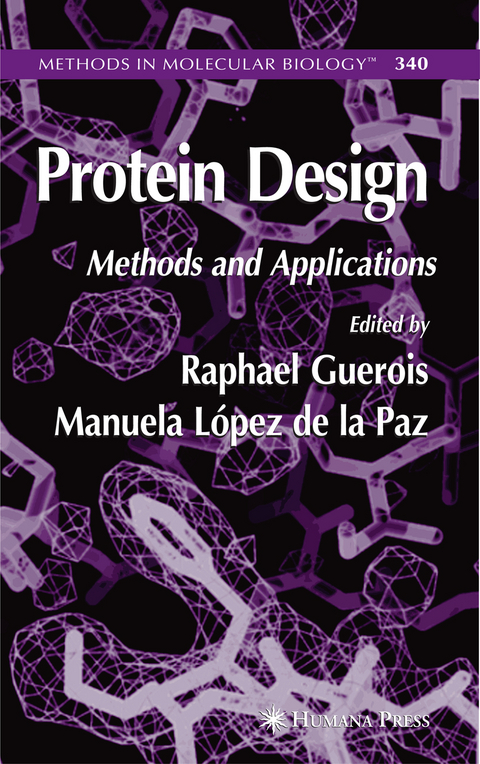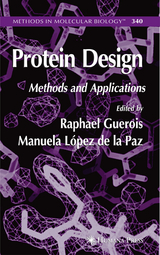Proteins have evolved through selective pressure to accomplish specific functions. The functional properties of proteins depend upon their thr- dimensional structures, which result from particular amino acid sequences folding into tightly packed domains. Thus, to understand and modulate protein function rationally, one definitely needs methods and algorithms to predict and decipher how amino acid sequences shape three-dimensional structures. Protein design aims precisely at providing the tools to achieve this goal. The predictive power of rational protein design methods has dramatically increased over the past five years. A broad range of studies now illustrate how the sequence of proteins and peptides can be tuned to engineer biological tools with intended properties (1–3). The extensive characterization of peptides and protein mutants has enormously benefited the understanding of protein sequence-to-structure relationships. Synergies between computational and experimental approaches have also added momentum to the advancing limits of design methods. The potential applications in fundamental biochemistry and in biotechnology justify the considerable excitement that this progress has generated within the research community. The field is probably mature enough so that expert knowledge can assist researchers of diverse disciplines to rationally create or modify their favorite protein. Thus, the aim of Protein Design: Methods and Protocols is to account for the most up-to-date protein design and engineering strategies so that readers can undertake their own projects with maximum confidence in a successful return. The basic concepts underlying rational design of proteins are intimately related to their three-dimensional structures.
Design of Structural Elementary Motifs.- Structure and Stability of the ?-Helix.- De novo Design of Monomeric ?-Hairpin and ?-Sheet Peptides.- De novo Proteins From Binary-Patterned Combinatorial Libraries.- Non-Protein Amino Acids in the Design of Secondary Structure Scaffolds.- Design and Synthesis of ?-Peptides With Biological Activity.- Design Of Entire Proteins And Protein Complexes.- Design of Miniproteins by the Transfer of Active Sites Onto Small-Size Scaffolds.- Consensus Design as a Tool for Engineering Repeat Proteins.- Multiple Sequence Alignment as a Guideline for Protein Engineering Strategies.- Sequence Search Methods and Scoring Functions for the Design of Protein Structures.- Prediction of Protein–Protein Interaction Based on Structure.- Electrostatic Design of Protein–Protein Association Rates.- Design of Amyloidogenic Polypeptides and Amyloid Inhibitors.- Peptide Model Systems for Amyloid Fiber Formation Design Strategies and Validation Methods.- Protein Misfolding Disorders and Rational Design of Antimisfolding Agents.
| Erscheint lt. Verlag |
1.6.2006
|
| Reihe/Serie |
Methods in Molecular Biology ; 340
|
| Zusatzinfo |
65 Illustrations, black and white; XIV, 300 p. 65 illus. |
| Verlagsort |
Totowa, NJ |
| Sprache |
englisch |
| Maße |
155 x 235 mm |
| Themenwelt
|
Naturwissenschaften ► Biologie ► Biochemie |
| Naturwissenschaften ► Biologie ► Zellbiologie |
| ISBN-10 |
1-58829-585-0 / 1588295850 |
| ISBN-13 |
978-1-58829-585-9 / 9781588295859 |
| Zustand |
Neuware |




